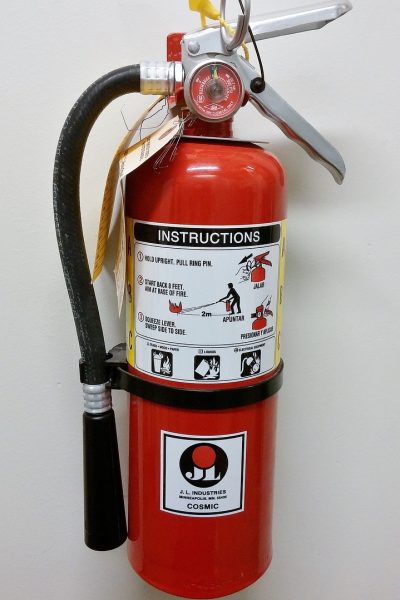How Do I Inspect A Fire Extinguisher?

Inspection Checklist
- Check the location of the fire extinguisher to ensure it is easily accessible and visible.
- Verify that the fire extinguisher is properly mounted on a wall or placed on a stand.
- Check the pressure gauge to ensure that the fire extinguisher is fully charged and in the operational range.
- Inspect the hose or nozzle to ensure that it is not clogged or damaged.
- Check the pin and tamper seal to ensure they are intact and not broken.
- Inspect the cylinder for any signs of damage, such as dents or rust.
- Verify that the label is legible and includes the correct class of fire extinguisher for the specific area.
- Make sure the pull pin is easy to remove and the handle is not broken or damaged.
- Check the date of the last inspection or maintenance and ensure that it is not past due.
- Shake the extinguisher to prevent the powder or agent from settling, and then return it to its original position.
Regular inspection of fire extinguishers is crucial to ensure they are in proper working condition in case of an emergency. If any defects or issues are identified during the inspection, the fire extinguisher should be taken out of service and serviced by a qualified professional.
Note:
This checklist is only for dry chemical fire extinguishers. Carbon Dioxide Extinguishers need to be wighed to ensure they are still full and also have a discharge valve that can become blocked.